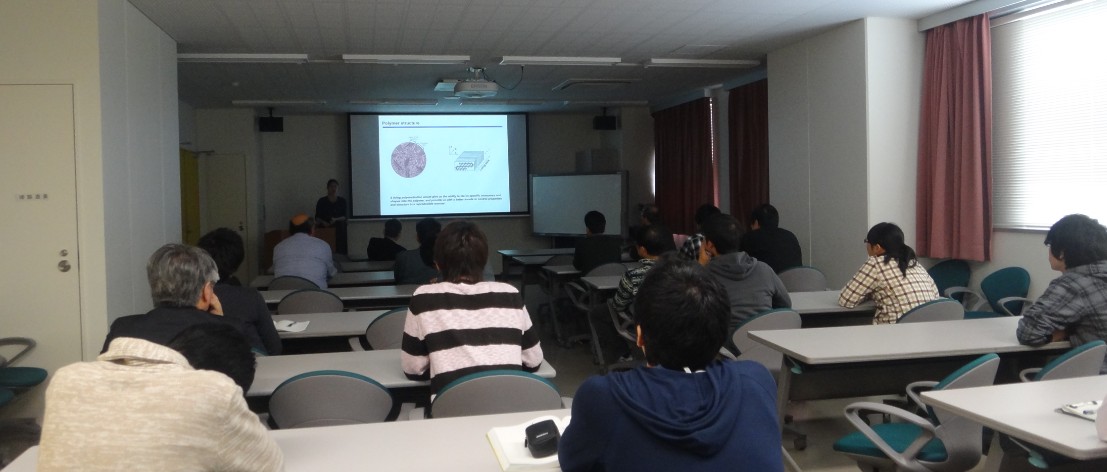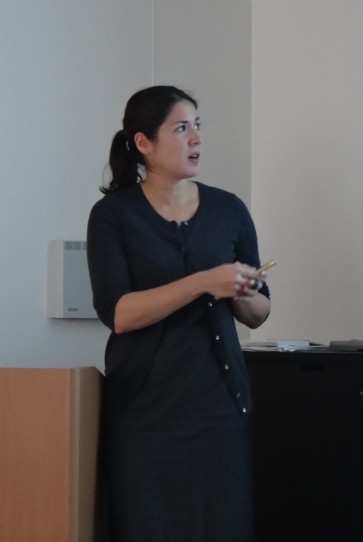On Nov. 7th, the 48th ROEL Lecture Session was held in Conference room on 4th floor in Research Center for Organic Electronics. We invited a lecturer from the US, Dr. Christine Luscombe, Asso. Prof. of Materials Science and Engineering Department and Molecular Engineering and Sciences Institute, University of Washington.
More than 30 researchers and students attended to the lecture entitled "Controlling semiconducting polymer architectures for organic photovoltaic devices", and it finished in success.
 Conference room during lecture |  Christine Luscombe Associate Professor, Materials Science and Engineering Department and Molecular Engineering and Sciences Institute, University of Washington, Seattle |












